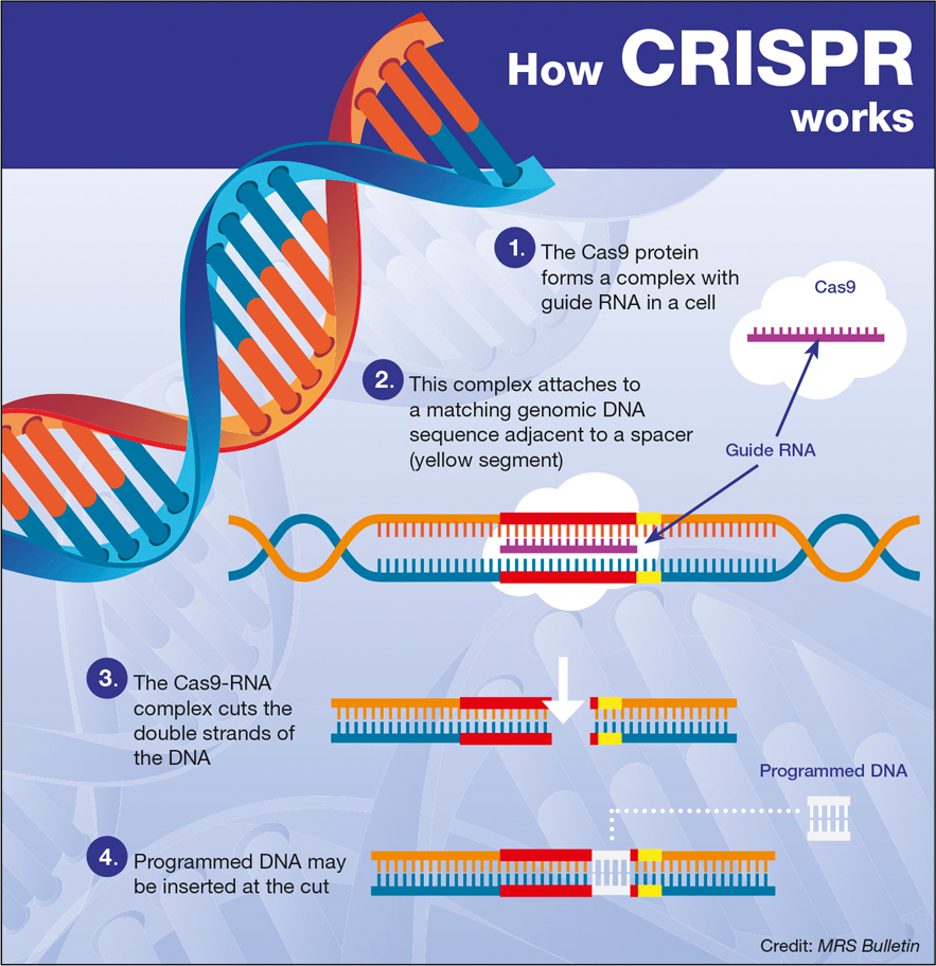Technologies Making 100th Birthday a Normality
November 9th, 2020
- The advancements in gene sequencing, gene editing and artificial intelligence are driving the longevity of lifespan
- Next-gen approaches are identifying illnesses sooner to improve treatment and increase survival rates
- Although research such as gene therapy is still in early clinical stages, there is a cause for excitement
There has been a growing interest in the possibility of slowing aging, with some scientists even claiming there might be a way to reverse it.
Here we are going to discuss the latest in aging news, where the science stands now and what the future holds.
Reversing aging consists of more than just looking young. Aging is a multifactorial process that involves the degeneration of cells, weakening of muscles and decreasing efficiency of the heart, bones and metabolism. It is accompanied by an increase in undesirable conditions such as cancer and heart disease, just to name a few. The goal is to find methods that can extend the longevity of humans and a large part of that is rooted in identifying and treating illnesses as early as possible.
What is Gene Sequencing
Gene sequencing identifies high risk markers that could predict incoming illness. As we know, DNA is the hereditary material that humans are made of. It is a long chain of molecules that form our genes. Scientific techniques developed over the years have the ability to essentially read our DNA like a book and discover parts that signify disease. It has the ability to reveal genetic disorders or disease predispositions allowing the patient to seek personalized and preventative care, possibly years before the disease develops. For example, it has been found that those with a genetic variant of gene apolipoprotein E (APOE), specifically APOE4, are at an increased risk of developing Alzheimer’s disease.
Researchers at NIH have developed the Cancer Genome Atlas Program where they have been using gene sequencing to characterize a number of cancers. A technique called liquid biopsy is able to identify cancer DNA in the blood which might have been otherwise undetected. This is incredibly significant as it is well known that identifying a cancer as soon as possible is a key factor in its treatment and cost.
Pharma Companies Utilizing Gene Sequencing for Disease Targeting Aging
For years, the focus of cancer therapy was on tracking the progression of the disease, once detected, and its response to treatment. The focus has now been shifted to detecting the disease as early as possible. Though it is a new and growing area of research, several pharma companies have already been working on it, and some shown promising results.
One such company gaining a lot of traction is GRAIL, whose simple blood test is able to screen for over 50 types of cancers at early stages, with over 90% accuracy of its location in the body. GRAIL touts that cancer diagnosed at earlier stages can lead to survival rates 5-10x higher than late stage diagnosis.

Another company, Freenome, is using a similar approach, and is focused on identifying colorectal cancer. The company studies thousands of cancer-positive blood samples, and learns which biomarker patterns signify a cancer’s stage, type, and most effective treatment pathways. The company is currently running a 14,000-participant trial (called PREEMPT CRC clinical study) to collect blood samples from those undergoing standard-of-care screening colonoscopies.
CRISPR Gene Editing
CRISPR is a key player in the longevity research roster. To explain it as simply as possible, CRISPR acts a pair of scissors able to cut out mutated genes and insert desirable ones. It is a ground-breaking and revolutionary way of editing genes that essentially allows scientists to “rewrite” the code of life.

One way CRISPR is being used for gene editing is by engineering the body’s own T cells. This way, the patient’s own immune system is being reconditioned to attack diseased cells (for more information about T cells and the immune system, read LifeScite’s NK Cells for Dummies: Understanding the Next Cancer Paradigm and NK Cells: Oncology’s Next Big Wave). This concept was already being tested in a phase 1 clinical trial of three patients with advanced, refractory cancer. Although the sample size was small and ongoing research is necessary, the trial found that the engineered T cells were present in the tumor locations of all three patients with no observed toxicities.
CRISPR Therapeutics is currently running several trials targeting hemoglobinopathies (sickle cell disease) and oncology (blood cancers for now).
Artificial Intelligence
Another major contributor is artificial intelligence (AI). Now that there is an extensive network of patient information from all the sequencing and imaging tools developed over the years, AI is the only way that is able to interpret the abundance.
One company, Insilico Medicine, is using AI to discover drug compounds focused on slowing down aging at the cellular level. Senescent cells are ones that have stopped dividing, and thus reproducing, though they are still able to function. It is thought that an accumulation of these cells is correlated with the onset of disease. Insilico plans to use AI mechanisms to find therapeutic targets and molecules that are aimed at senescent cells. Its partner company, Taisho, will then validate these molecules in the lab and clinic.
Insilico has worked to develop what it calls “deep aging clocks,” a set of biomarkers identified by neural networks that allow for a more refined picture of a person’s cellular age, compared to the simple number of their trips around the sun. Potential applications of Deep Aging Clocks in the pharmaceutical industry includes, but not limited to; age personalized treatments, mortality prediction, preventative medicine, dementia screening/staging. See more potential applications below.

So far, the idea of extending the average lifespan is gaining more traction. Several mechanisms of doing so are mentioned above, but many more are being developed as we speak. We are still in the early innings of aging research.


